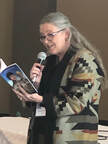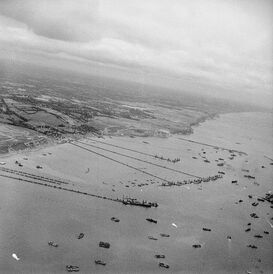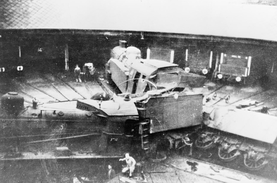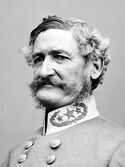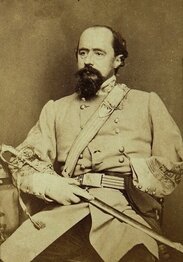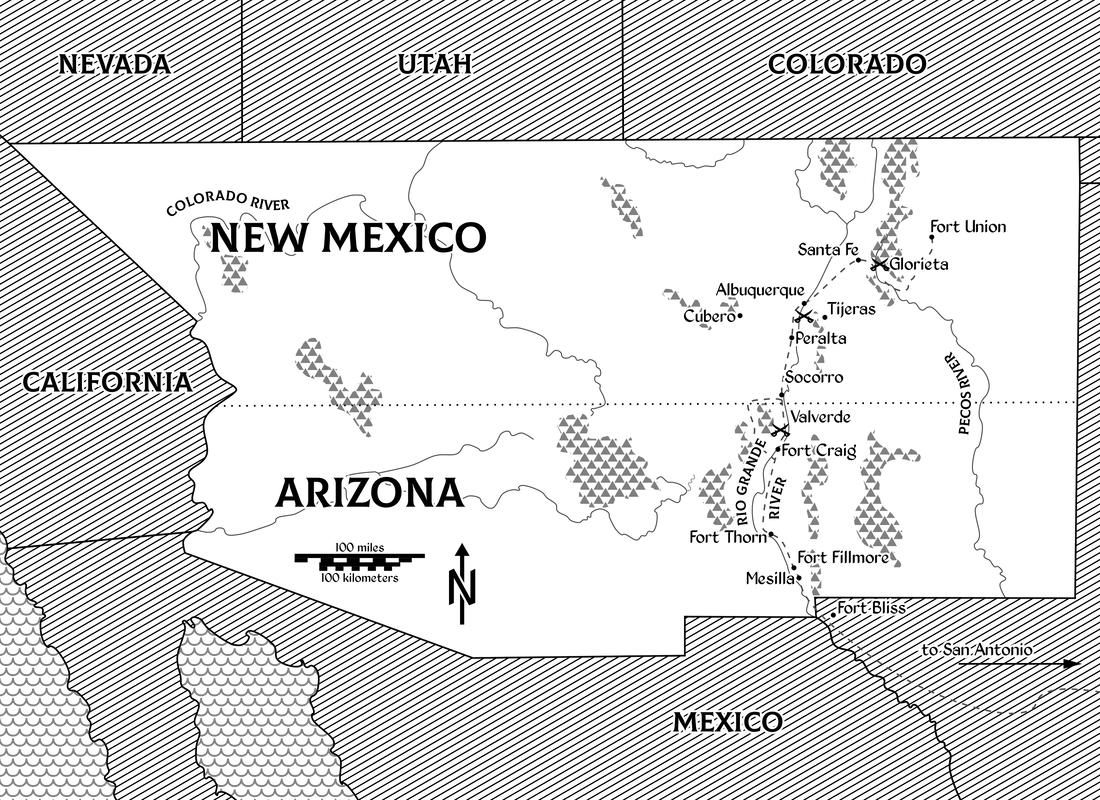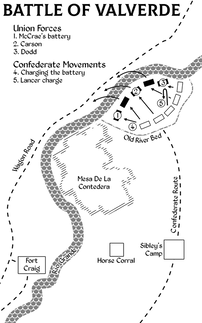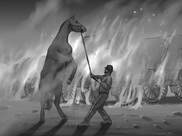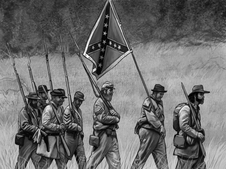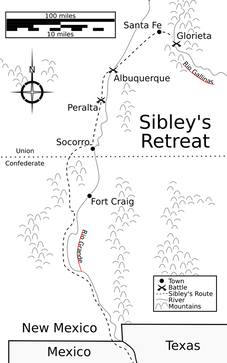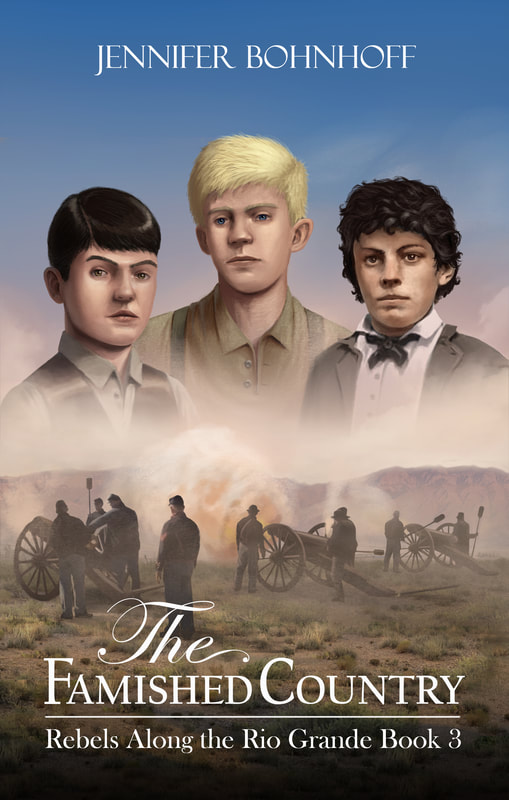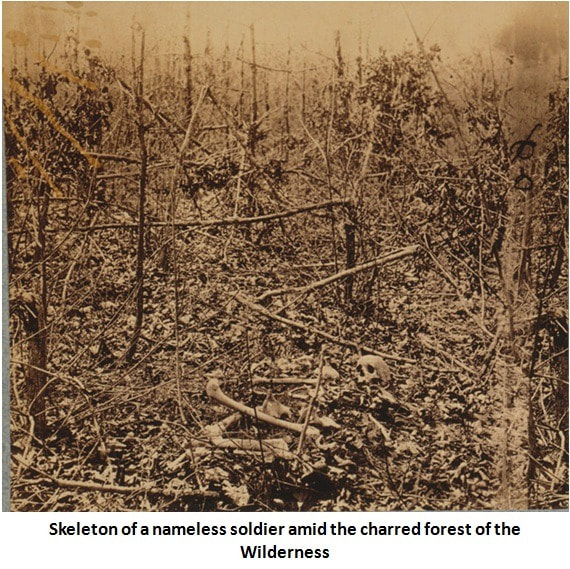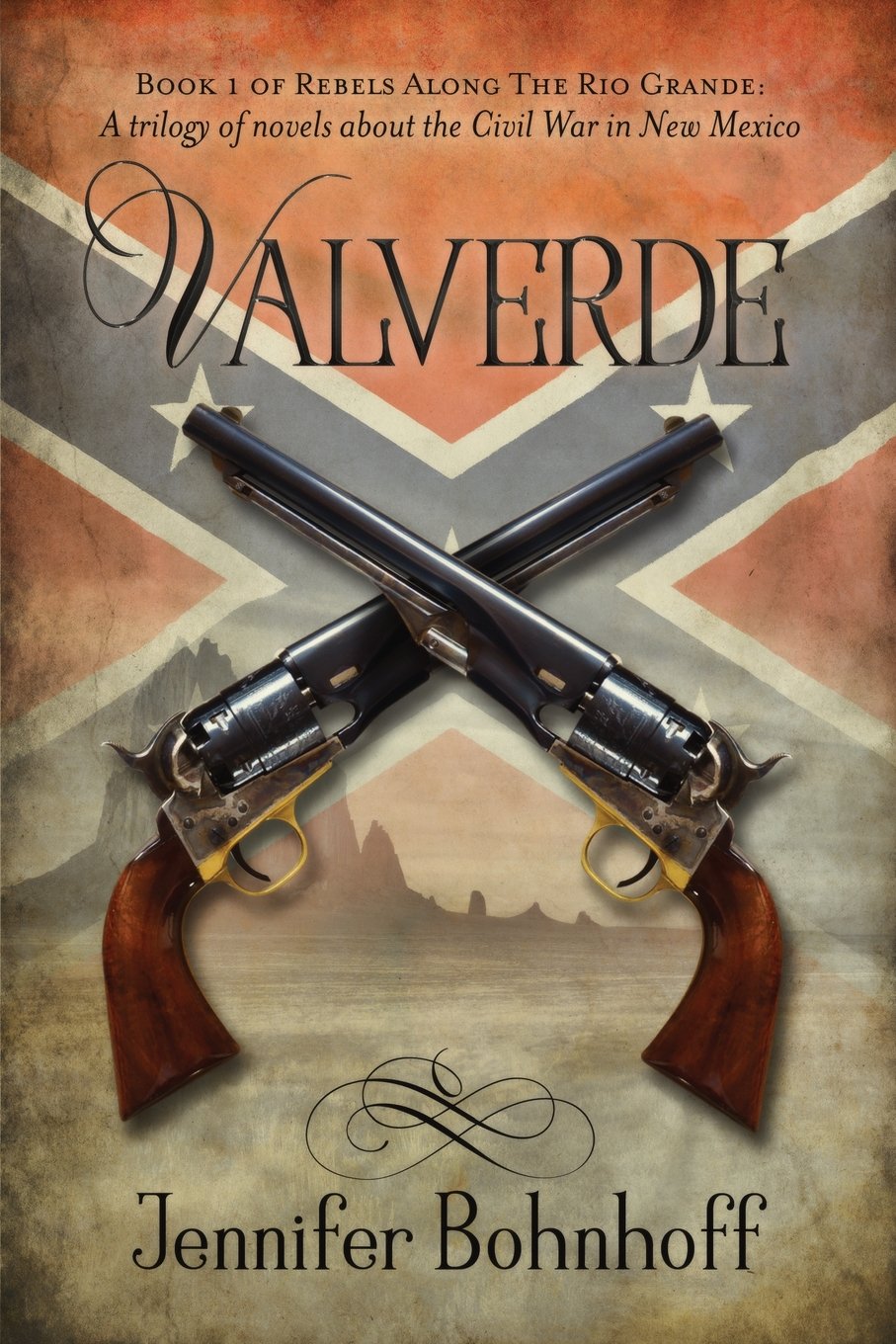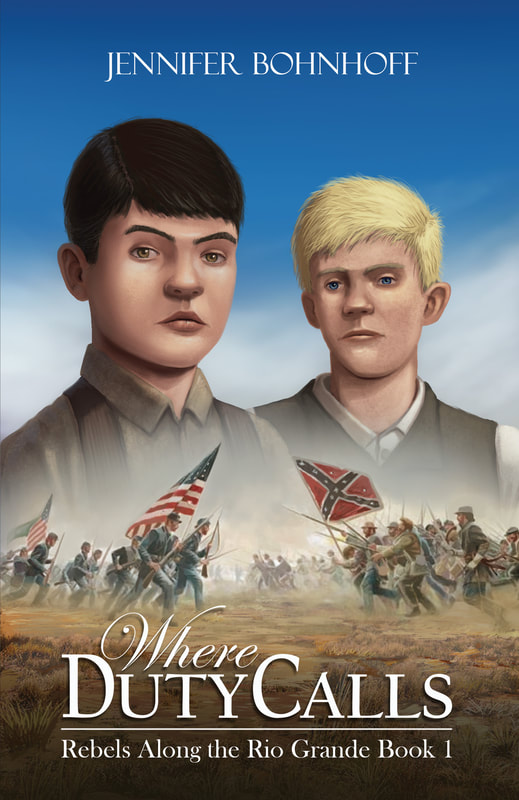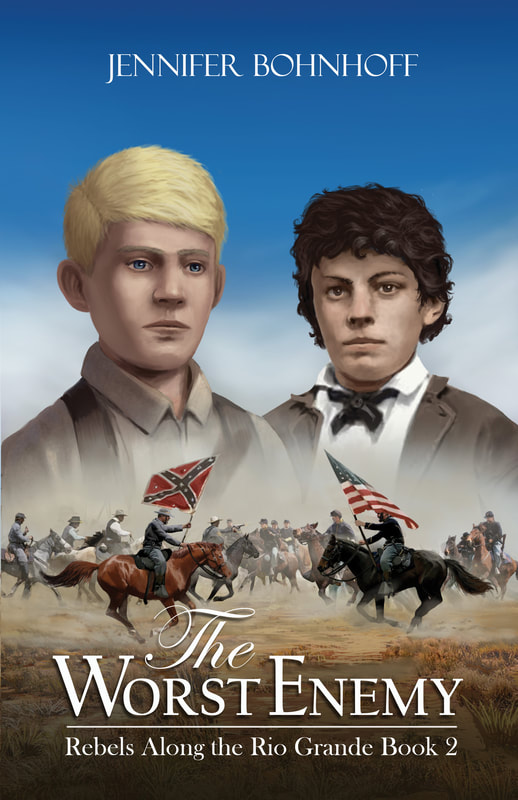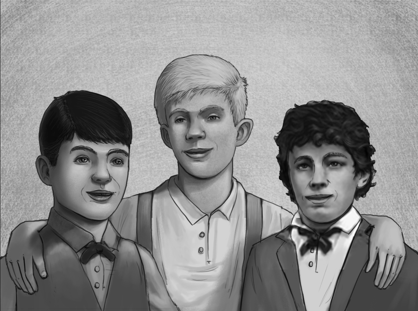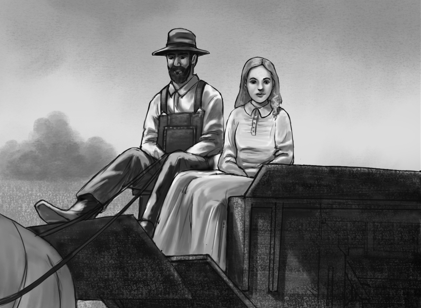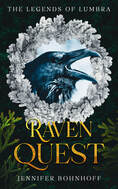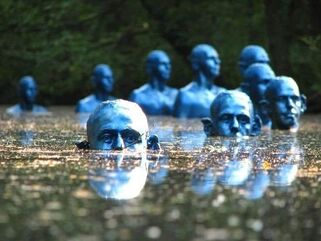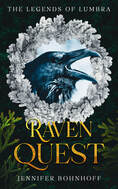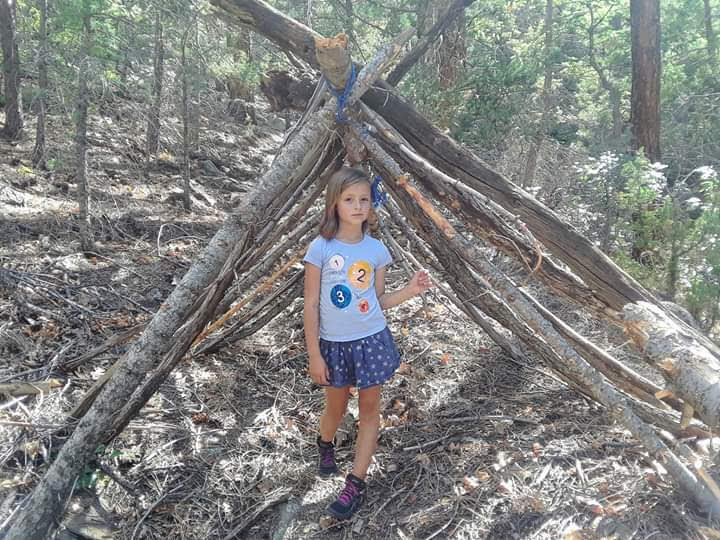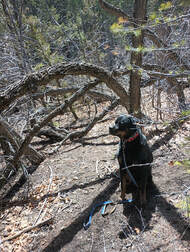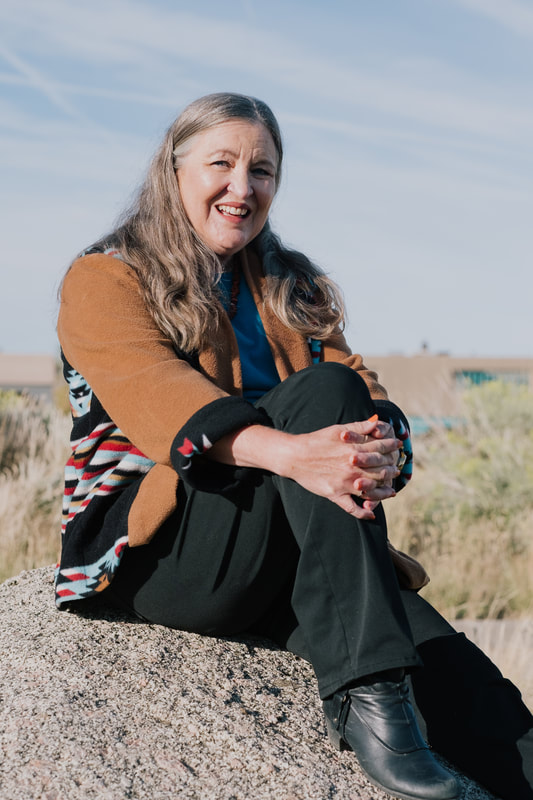

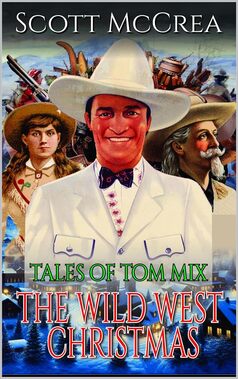
Christmas is coming, and when Buffalo Bill Cody needs help protecting the gifts he's bought for his special Christmas performance for a Tulsa orphanage, he calls on Marshal Tom Mix for help. Despite his best efforts, Mix gets buffaloed and the presents disappear. Can Cody and Mix solve the mystery in time for the Wild West Show to go on? This is a madcap adventure with lots of well delineated characters and the kind of twists and turns that will remind the reader of the fun, old time B grade movies of the 40s and 50s and of dime store western novels. I laughed out loud at the sometimes snarky dialog and the clever turns of phrase. My only concern: for a book targeting younger readers, there's a whole lot of drinking and cussing that might offend some modern sensibilities. This is book #9 in a series that intends to follow the whole career of Tom Mix from young cowboy to Hollywood superstar. It was a finalist for the Spur Award this year.
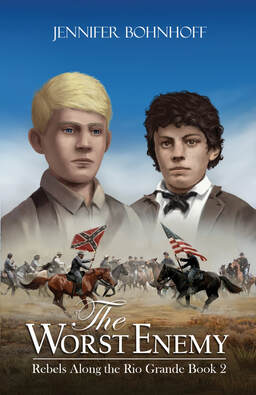
Jemmy Martin left his Texas farm and followed Confederate General Sibley's Army into New Mexico to keep his mules safe. Now after the Battle of Valverde he's protecting Willie, an orphaned drummer boy with a broken arm. Cian Lochlann is an Irish orphan who gave up gold prospecting to join the Union Army. All he wants is a full belly and a strong man to lead him into an unknown future. Both are pulled toward a distant mountain pass in New Mexico territory where the decisive battle of Gen. Sibley's New Mexico campaign will be fought. Called the "Gettysburg of the West" the Battle of Glorieta Pass will test both boys as they face their worst enemy. The Worst Enemy. Book 2 in Rebels Along the Rio Grande, a trilogy of historical fiction novels set in New Mexico during the Civil War, was a finalist for the Spur Award this year.

Upon the banks of the Rio Grande the two armies face off in the Battle of Valverde, and both Jemmy and Raul must struggle to keep themselves, and their dreams, alive.
I have a signed copy of each of these four books that I'd love to give away to eager readers. In the comments below, tell me which one you'd like to read and why, and I will choose a winner for each.
